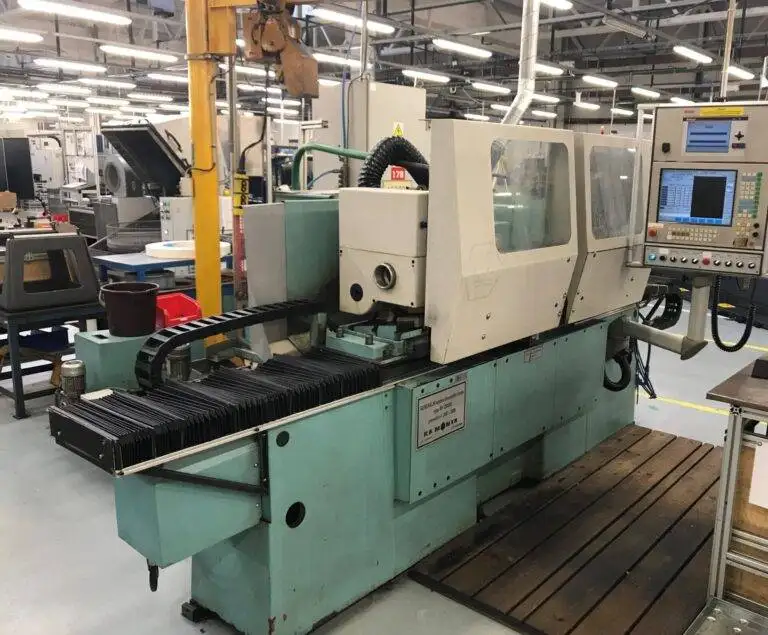3D Printing Materials
With the rise of 3D printing, there has been an increasing demand for 3D printing materials that can produce high-quality prints. There are a variety of materials that can be used in 3D printing, each with their own unique properties and uses. In this article, we will take a closer look at some of the most popular 3D printing materials and their characteristics.
PLA (Polylactic Acid)
PLA is a popular 3D printing material that is widely used by hobbyists and professionals alike. It is made from renewable resources such as cornstarch and sugarcane, which makes it an environmentally friendly option. PLA is easy to print with and produces high-quality prints with a smooth surface finish. It also has a low melting point, which means it can be printed at lower temperatures than other materials.
ABS (Acrylonitrile Butadiene Styrene)
ABS is a strong and durable 3D printing material that is commonly used in manufacturing. It is known for its high strength and impact resistance, which makes it an ideal material for creating functional parts. ABS is also resistant to heat and chemicals, which makes it suitable for a wide range of applications.
PETG (Polyethylene Terephthalate Glycol)
PETG is a versatile 3D printing material that offers the best of both worlds. It has the strength and durability of ABS, while also being easy to print with like PLA. PETG is resistant to impact and is also food safe, which means it can be used to create items such as food containers and utensils.
Nylon
Nylon is a strong and durable 3D printing material that is commonly used for creating parts with high strength and flexibility. It is known for its toughness, abrasion resistance, and low friction coefficient. Nylon is also resistant to chemicals and UV light, which makes it suitable for outdoor applications.
TPU (Thermoplastic Polyurethane)
TPU is a flexible and rubber-like 3D printing material that is commonly used for creating parts with high elasticity. It is known for its durability, abrasion resistance, and chemical resistance. TPU is also resistant to oil and grease, which makes it suitable for creating parts that come into contact with these substances.
PVA (Polyvinyl Alcohol)
PVA is a water-soluble 3D printing material that is commonly used as a support material. It is known for its ability to dissolve in water, which makes it easy to remove from the final print. PVA is also non-toxic and biodegradable, which makes it an environmentally friendly option.
Metal
Metal 3D printing is a rapidly growing field that offers the ability to create parts with high strength and durability. Metal 3D printing materials include stainless steel, titanium, and aluminum. These materials require specialized equipment and are typically used in industrial applications.
Conclusion
In conclusion, there are a variety of 3D printing materials available, each with their own unique properties and uses. PLA, ABS, PETG, Nylon, TPU, PVA, and metal are some of the most popular materials used in 3D printing. When choosing a 3D printing material, it is important to consider the application and requirements of the part being created.





